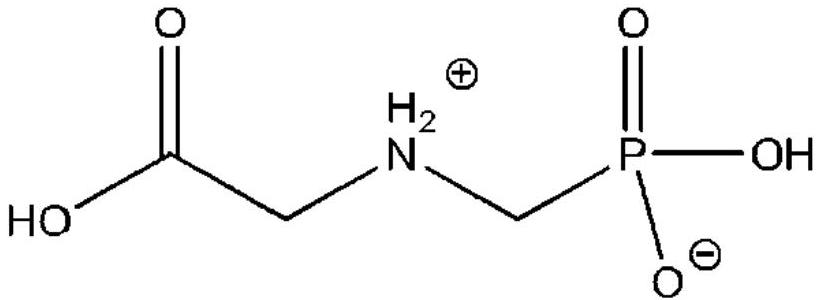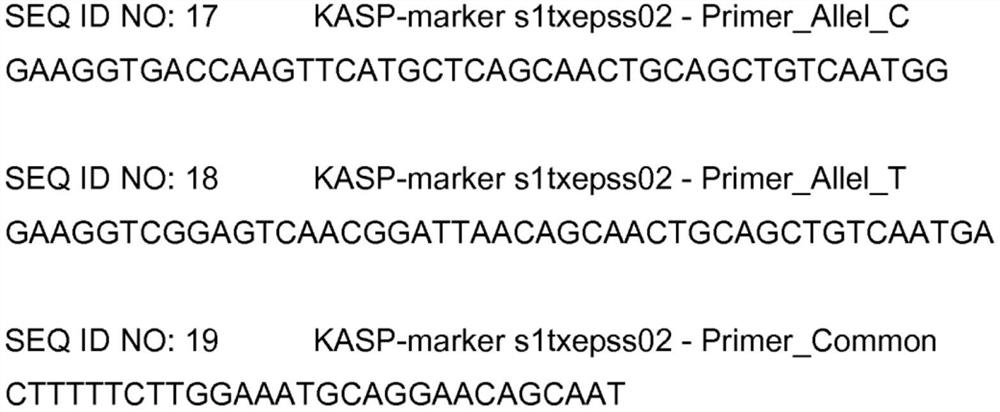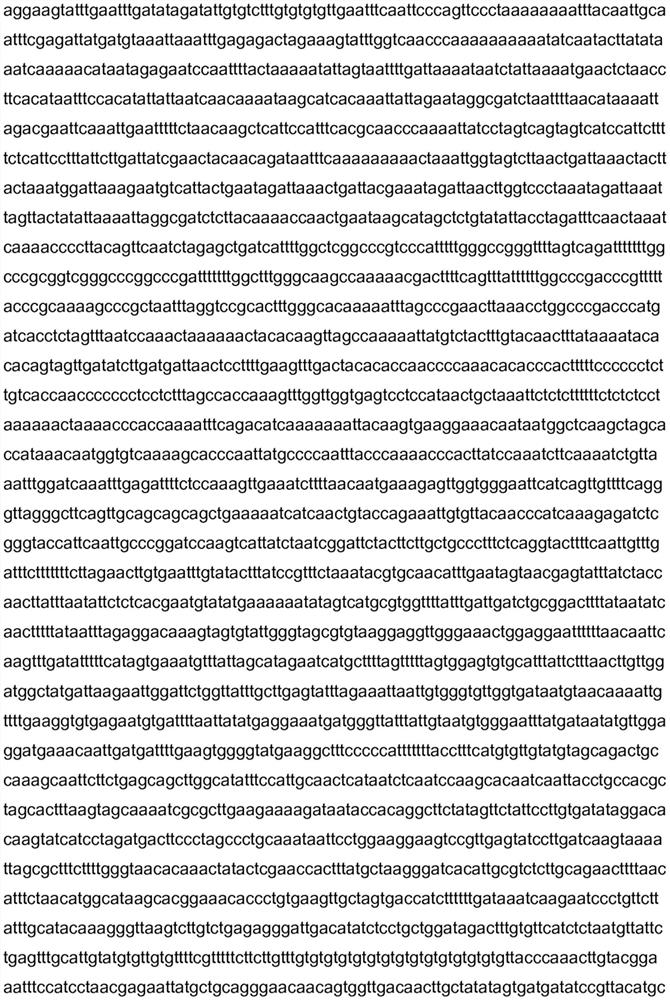Use of glyphosate herbicide for controlling unwanted vegetation in beta vulgaris growing areas
A glyphosate herbicide, growing area technology, applied in the direction of chemicals for biological control, herbicides and algicides, plant growth regulators, etc., can solve the low acceptance, the commercialization of plants or their seeds constraints , the high cost of deregulation
- Summary
- Abstract
- Description
- Claims
- Application Information
AI Technical Summary
Problems solved by technology
Method used
Image
Examples
Embodiment
[0157] The seeds of the 6kg beet excellent product T807 (3BT1760, M0 population) were mutageneted by 0.5% EMS and 0.3% and 0.5% ENU, respectively, and then drilled to produce a seedlings (Steck). The seedlings are replanted to produce seeds, accounting for 5.8HA. The M1 population is a seed 19,000 plants of the EMS 75,000 seeds producing plants and ENU mutagenesis. The following M2 seed quantity (purified seed): 0.5% EMS 240kg (identifier A and B), 0.3% ENU 548kg (identifier C and D) and 0.5% ENU 256kg (identifier E and F).
[0158] A and B and 75kg identification C, D, E and F seeds are identified in the field sowing of approximately 15 hA span. After about 1 month, the entire field sprayed 0.88L / ha MAX (680 g / kg glyphosate). About 6 weeks later, plants survived in the field were collected in the field, and they were transplanted into the basin and further cultivated in the greenhouse. After about 2 months, surviving plants were treated with 600 g / ha glyphosphosphinate. 17...
PUM
 Login to View More
Login to View More Abstract
Description
Claims
Application Information
 Login to View More
Login to View More - R&D
- Intellectual Property
- Life Sciences
- Materials
- Tech Scout
- Unparalleled Data Quality
- Higher Quality Content
- 60% Fewer Hallucinations
Browse by: Latest US Patents, China's latest patents, Technical Efficacy Thesaurus, Application Domain, Technology Topic, Popular Technical Reports.
© 2025 PatSnap. All rights reserved.Legal|Privacy policy|Modern Slavery Act Transparency Statement|Sitemap|About US| Contact US: help@patsnap.com



